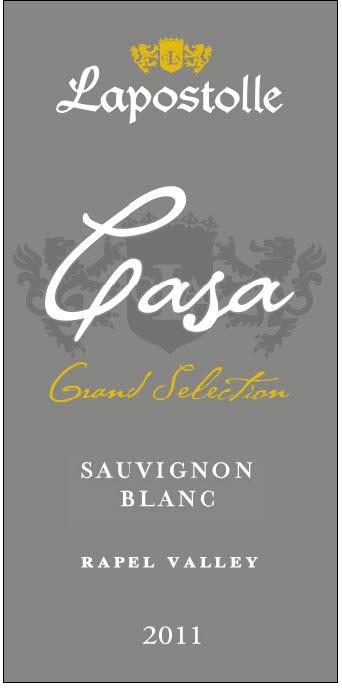2011 Rapel Valley Sauvignon Blanc
The 2011 Lapostolle Grand Selection Sauvignon Blanc is a vibrant and expressive white wine hailing from the picturesque Rapel Valley. This wine showcases a refreshing light body with a bright acidity that invigorates the palate and enhances its crisp character. On the nose, it unveils delightful aromas of citrus fruits, such as zesty lime and grapefruit, intertwined with subtle herbal notes that reflect the varietal's signature profile. The fruit intensity is pronounced, offering a delightful burst of flavor with each sip. This Sauvignon Blanc is bone-dry, making it the perfect companion for seafood dishes, light salads, or simply enjoyed on its own during warm afternoons. With its expertly crafted balance and charming personality, the Lapostolle Grand Selection promises a memorable tasting experience for wine enthusiasts.
The 2011 Lapostolle Grand Selection Sauvignon Blanc is a vibrant and expressive white wine hailing from the picturesque Rapel Valley. This wine showcases a refreshing light body with a bright acidity that invigorates the palate and enhances its crisp character. On the nose, it unveils delightful aromas of citrus fruits, such as zesty lime and grapefruit, intertwined with subtle herbal notes that reflect the varietal's signature profile. The fruit intensity is pronounced, offering a delightful burst of flavor with each sip. This Sauvignon Blanc is bone-dry, making it the perfect companion for seafood dishes, light salads, or simply enjoyed on its own during warm afternoons. With its expertly crafted balance and charming personality, the Lapostolle Grand Selection promises a memorable tasting experience for wine enthusiasts.




